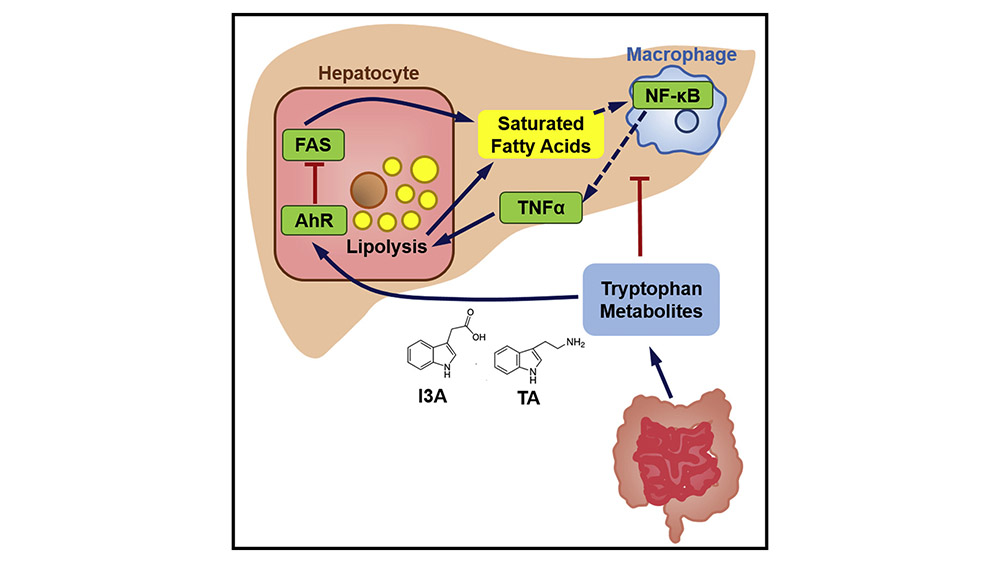
Nonalcoholic fatty liver disease is the most common liver disease in Western countries, and correlates strongly with obesity and metabolic syndrome. This disease is a spectrum disorder – meaning there is a broad range of diseases associated with it, ranging from steatosis (fat accumulation in the liver, a benign condition that is reversible) to nonalcoholic steatohepatitis (fat accumulation with inflammation that is irreversible) and can lead to fibrosis and liver cancer. Genetics plays a role in the onset of this liver disease but generally speaking, people who are on high-fat diets are much more susceptible.

A group of researchers including Dr. Arul Jayaraman, professor and associate department head of the Artie McFerrin Department of Chemical Engineering at Texas A&M University, in collaboration with Dr. Kyongbum Lee at Tufts University, have found that a high-fat diet significantly changes the composition and function of the intestinal microbiota. In a study published in Cell Reports, the research team found that low- and high-fat diets resulted in dramatically different metabolite profiles. They have shown that a high-fat diet significantly depleted three metabolites – tryptamine (TA), indole-3-acetate (I3A) and xanthurenic acid – whose production is linked to intestinal microbiota present in the gastrointestinal tract, serum
The team was able to show that two of the metabolites have a direct link to disease. TA and I3A were shown to reduce the expression of different inflammatory molecules in macrophages and fat accumulation in hepatocytes – two cell types that are involved in fatty liver disease. Thus, the depletion of TA and I3A promotes for the disease to progress from simple steatosis to more serious stages such as fibrosis.
The team also examined the feasibility of adding TA and I3A back to the system as a way to control the disease. The results show that of the two metabolites, I3A is better suited for controlling fat accumulation and inflammation. This is the focus of ongoing studies in the Jayaraman lab.
This research was supported by the National Science Foundation and the National Institutes of Health.